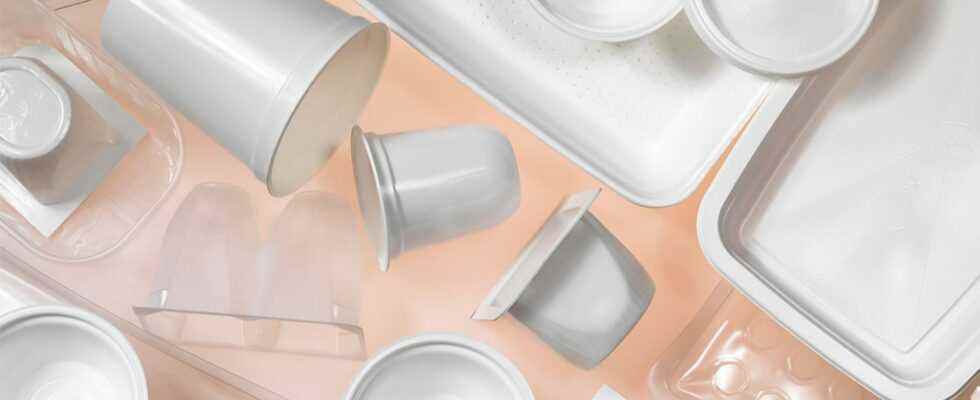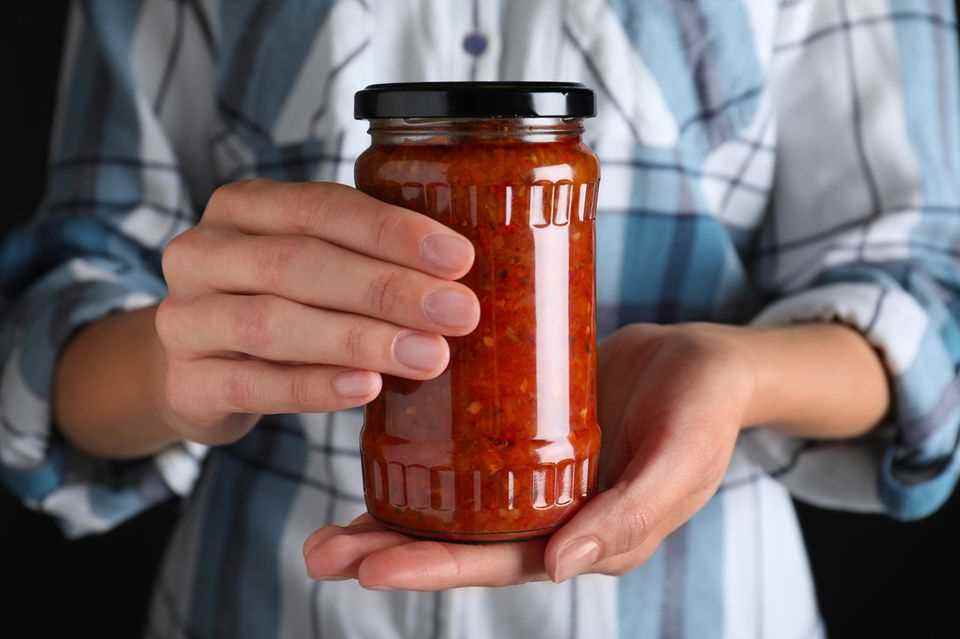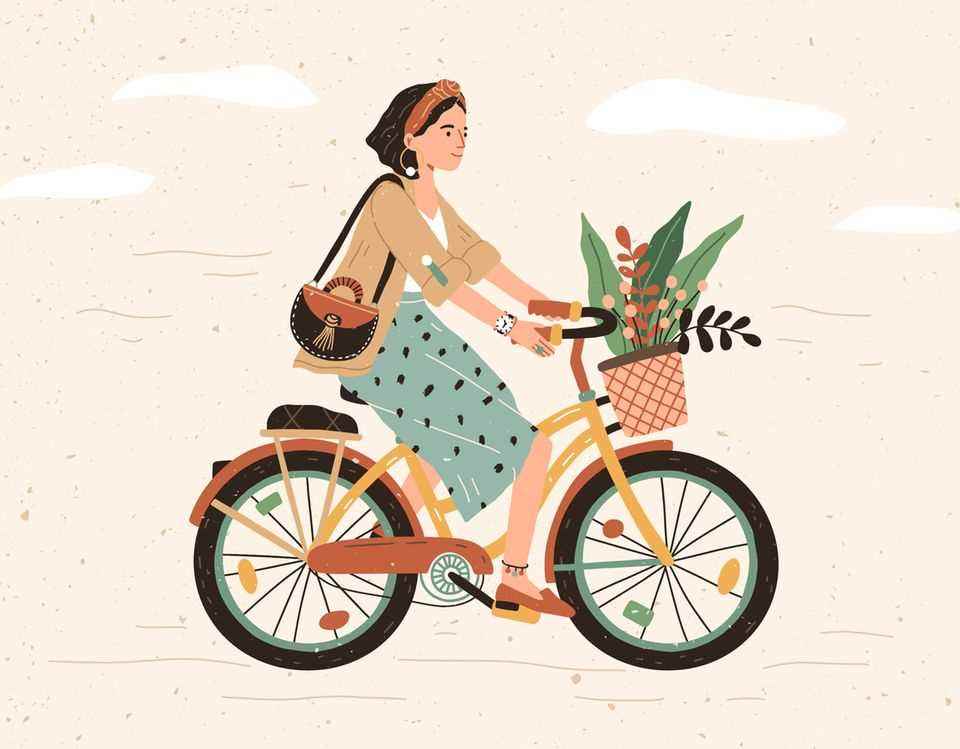reduce packaging waste
10 tips to avoid unnecessary packaging
© adpePhoto / Shutterstock
When we shop, we often carry home unnecessary material that pollutes the environment. We have collected ten tips for you to avoid pointless and annoying packaging.
Unnecessary packaging is not only a nuisance for our household waste. It is also good for the environment to do without them wherever possible. Luckily for some things, like shopping, this can be super easy. We’ll show you what to look out for on your next visit to the supermarket and go through life with less packaging.
1. Leave behind the unnecessary
Leave superfluous outer packaging in the store, but of course not just on the shelf: Supermarkets have sorting bins in the checkout area, where you can leave paper and plastic packaging. Soyou reduce the garbage in the household and use it at the supermarket Sign: I don’t need this packaging!
2. Is the product only available with packaging?
When buying, make sure that there is an equivalent product – just less elaborately packaged. Reach for it consciously less packaged variant. The toothpaste tube, for example, does not have to be additionally packed in cardboard.
3. Large quantities instead of small ones
Buy products in stock sizes and simply fill the contents into smaller glasses or other containers at home. This saves you a lot of packaging waste and usually money too.
4. No impractical designs
Don’t even buy annoyingly packaged products! So: No products whose packaging does not open well or where the remains are difficult to empty. If sales drop, manufacturers are more likely to change something than if the interest in buying remains the same.
5. The plastic makes the difference
Reach out for cosmetic products thin-walled tubes than too solid plastic. Thin-walled tubes are lighter and easily recognizable by a seam on the edge. Why should that be better? Quite simply: they can be emptied more easily and consist of less material.
6. Own carry items
take bags and baskets from home to go shopping. So you can do without the bags in the supermarket.
7. Fruits and vegetables – preferably fresh
Are the goods only offered packaged? Then it can help to think about where you can still get the product – unpackaged. For example, go to the market more often: the groceries here are usually unpackaged. Equipped with a few bags, you can avoid unnecessary disposable packaging and go Avoid fruits and vegetables that are sold in plastic.
8. Small carriers for your ingredients
Lay down one or two light ones fruit and vegetable nets to. You can easily pack loose ingredients for your next recipe idea in the supermarket in them and reuse the nets the next time you go shopping. Or carefully place your fruit and veg loose in your tote bag. But be careful not to put any heavy items on your shopping list over the fresh ingredients.
9. Ask for less packaging
You can at the sausage or cheese counter ask that the goods are wrapped in only as much protective material as necessary. An additional bag to keep your purchase together is not necessary if you have your own bags with you. However, you cannot have sausage and cheese filled in your own cans, because the seller must ensure that you have received the product in a hygienically perfect condition.
10. Recycling? Yes, please!
Not everything that is plastic has to be bad. Many manufacturers are now looking for sustainability themselves and exhibit their products, for example recycled plastic come or use practical glasses. For example, look at dishwashing detergents and detergents to see if they are made with more environmentally friendly used plastic were manufactured.
With delicious spreads from the jar, you can wash out the containers for your home after use and use them for spices or your own jams.


